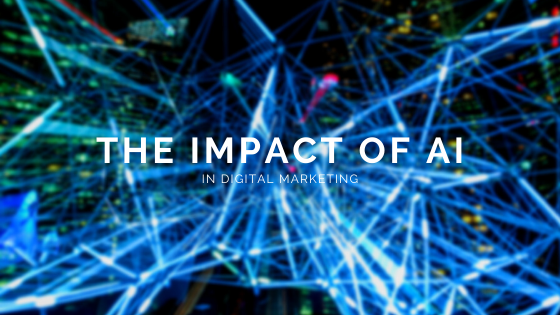Have you ever wondered why social media has gained so much importance? It initially got popular as a communication channel or interaction platform. The paradigm has changed a lot and at the moment, it is one of the strongest marketing modes. Brands and corporate organizations spend the largest portion of their product promotion budget on social media channels. These days, even sellers operating on a very small scale have Updated pages on Facebook. They add fresh posts and pictures to attract the audience. The success of a product/brand is determined by the number of followers and positive comments it has.
Developing a strategy
Every social media campaign does not attract a storm of people. A fact is that a good chunk fails because the right tips are not followed. Therefore, following the right practices is important. Here is how you can design a productive marketing process in a stepwise sequential manner.
1. Provision of quality enriched content regularly
The popularity of a social media campaign depends a lot on the quality of content that readers get to read. To start with, it should be well researched and properly compiled. Other than that, it is quite important to use a synonym changer so that rewriting is up to the mark. Always remember that publishing copied information can be the immediate burial of your brand.
Using a dependable rewriting tool means that you would not have to spend any time on it. Secondly, it would be easy to operate with tight deadlines and produce top-notch content without delays. Each post published should be catchy and provide key insights into the brand. If you are about to launch a product sale, make sure that it is promoted through all social media channels. At times, we see that some posts are stuffed with facts. This practice causes severe boredom and people lose interest. Hence, the goal is to provide unique content in a unique catchy manner.
2. Constant competitor analysis
If you are an online brand, always keep an eye on what your competitors are doing. Even one mistake can place you right at the bottom. Have a check on the traffic rate they are getting. Secondly, when making sure that you are not missing on any of the important keywords. The traffic rate can drop immediately if commonly used search phrases are not a part of the content. Websites lose their ranks because they do not include the correct keywords. Keeping an eye on rival brands can help you in strengthening your own position.
3. Who is your target audience?
Every product/set of services is not purchased by everyone. People have preferences on the basis of age group, gender, need and other factors. It is important to have a clear insight into potential customers. If your product is coffee, most working people would be interested in it. Hence, captions and post titles will have to be created accordingly
An integral part of any social media marketing strategy is communication with buyers. If you know who would buy your product, it will be easier to interact in an effective manner. Some brands have a good financial budget if they have established a market position. At times, sellers do not have clarity about the intended audience. In such cases, you can create personas and see which people are showing interest. Go through their comments and analyze their needs. This would help you in creating the right marketing tactics.
4. Imposter accounts can ruin you forever
It is a fact that well-known brands have more customers than newer ones. This difference is not created without years of endless hard work. The journey to survive competition, reach to the top and stay there requires immense dedication. It is good if you have reached that level but be aware of imposters who want a bite of your reputation.
Imposter accounts are mostly made by cheap sellers who want to attract people by using your name. They may be selling copied versions of your products at very cheap rates. For them, this is a winning situation because they are able to earn profits without any hard work. However, for any legitimate brand, this can result in a complete shutdown as well. People considering the counterfeiters may think that the original brand is behind the selling campaign. When people begin facing quality problems, the actual buyers would start vanishing.
Keep an eye on how visitors are responding on social media. If you see that suddenly people have started complaining about low quality or showing happiness due to low prices, start looking for counterfeiters. A good prevention technique is providing social media links on your website. In this way, buyers would not trust the wrong sellers unintentionally.
5. Choosing the channels that will work for you
A smart mindset is needed to select the right social media channels for a brand marketing campaign. It is not necessary to be active on all modes including Facebook, Insta, YouTube and Twitter. To begin with, check the requirements that your product has. If you only have to post photos and text content is not needed, Instagram would suit you more than Facebook. Similarly, you also need to consider what the targeted audience is using. As a brand, you should be active on the same channel.
Conclusion
There is no doubt that social media is the most powerful platform for product promotion these days. This does not mean that you can achieve the needed success without having the right strategy. There are several factors which you should focus on so that the correct strategy is implemented. To begin with, be aware of the audience you are targeting. This is not something you would be able to figure out instantly. Other than that, keeping an eye on the present competition is important as well.
At times, brands suffer because they do not keep a check on how their rivals are progressing. To prevent them from going ahead, it is important to analyze their performance at all times.


















